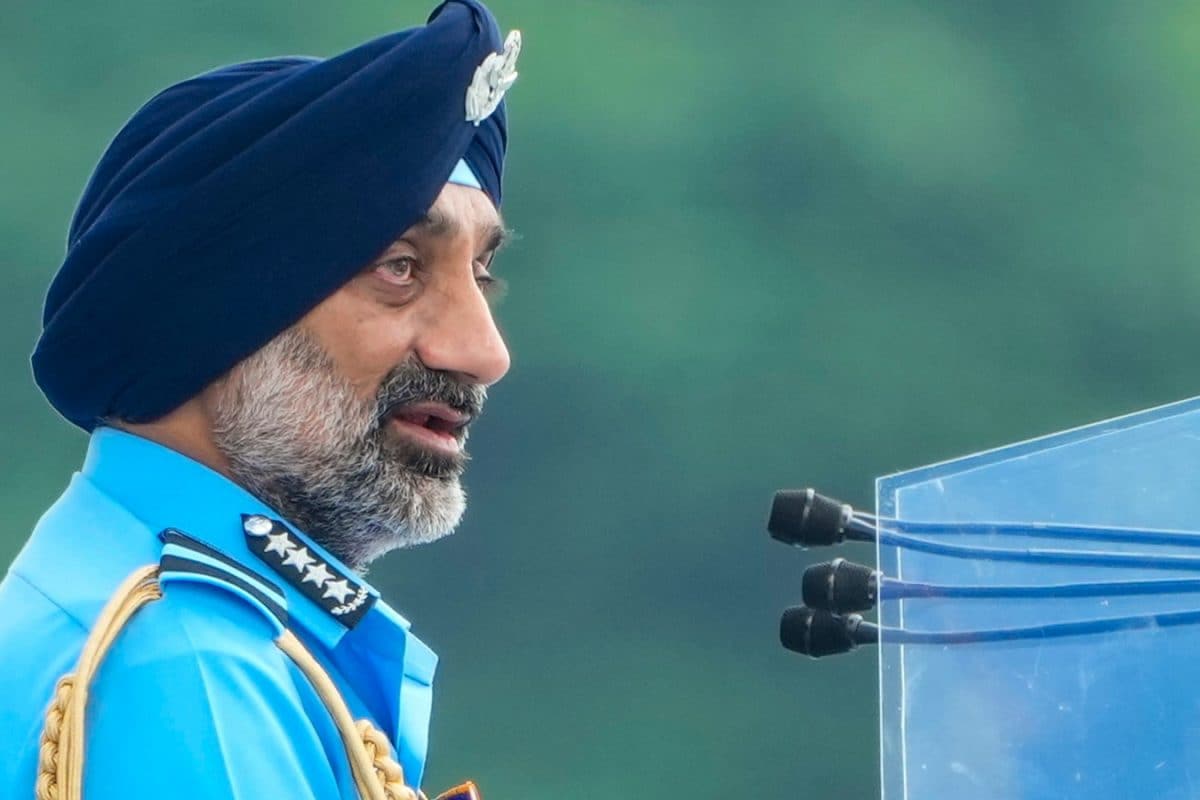

Indian Air Force (IAF) Chief Air Chief Marshal Amar Preet Singh announced today that Indian forces destroyed five Pakistani fighter jets and one other aircraft during Operation Sindoor. This is the first official confirmation from a high-ranking official regarding the extent of damage inflicted on the Pakistani air fleet during the operation.
Speaking at the Air Chief Marshal L.M. Katre Memorial Lecture in Bengaluru, Air Chief Marshal Singh credited the S-400 air defense system for the aerial kills, calling it a "game-changer". He stated that the S-400's range kept Pakistani aircraft away from deploying long-range glide bombs, as they could not penetrate the system. The Pakistan fighter jets were shot down at a range of 300 km.
The "other aircraft" destroyed was described as a large aircraft, likely an Airborne Early Warning and Control (AEW&C) or electronic intelligence (ELINT) platform. The destruction of this aircraft is considered the largest ever recorded surface-to-air kill. According to the IAF chief, this strike also severely impacted Pakistan's aerial surveillance and command capabilities.
Air Chief Marshal Singh emphasized that India used long-range, accurate weapons during Operation Sindoor and placed special emphasis on avoiding civilian casualties. He presented before-and-after images of the damage inflicted at Bahawalpur, where the terror outfit Jaish-e-Mohammed's headquarters are located, noting the minimal collateral damage. He stated that adjacent buildings were largely intact, with the IAF utilizing satellite imagery and local media reports to assess the damage.
In addition to the aerial kills, Air Chief Marshal Singh revealed that the IAF acted on credible intelligence to destroy F-16 fighter jets parked at Jacobabad Air Base and an AEW&C aircraft at Bholari Air Base. These were described as deliberate, precision actions to degrade Pakistan's air surveillance and combat readiness. According to one report, half of the F-16 hangar at the Shahbaz Jacobabad airfield in Pakistan was destroyed, with possible damage to some aircraft inside. Strikes also hit major airfields, command centers, and radar sites. Six radars and two command centers were also destroyed.
Air Chief Marshal Singh recalled fulfilling a long-held dream of flying over Pakistan's Sargodha airfield shortly before his retirement. He also lamented that the country "couldn't convince our people of what we did in Balakot". He said, "In Balakot, we could not get anything from inside, and it became a big issue trying to tell our own people, unfortunately, as to what we have been able to achieve. We had intelligence of what had gone on inside, had human kind of intelligence where we had very clear picture of inside in terms of there's had been a huge damage".
Operation Sindoor was launched on May 7 in response to the terror attack in Pahalgam on April 22, which claimed the lives of 26 people. The operation involved striking nine terror targets and eliminating over a hundred terrorists. The high-intensity conflict lasted less than four days before Pakistan sought talks.